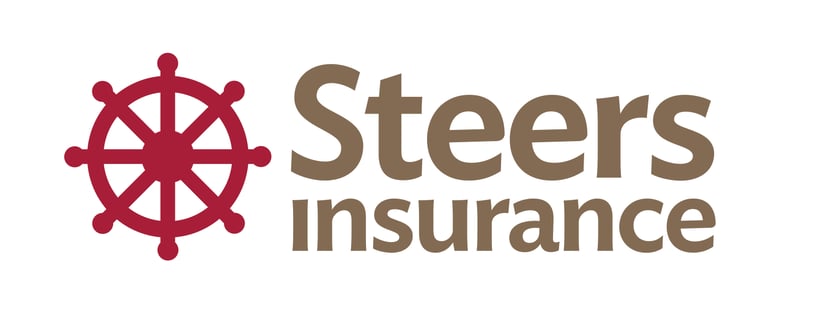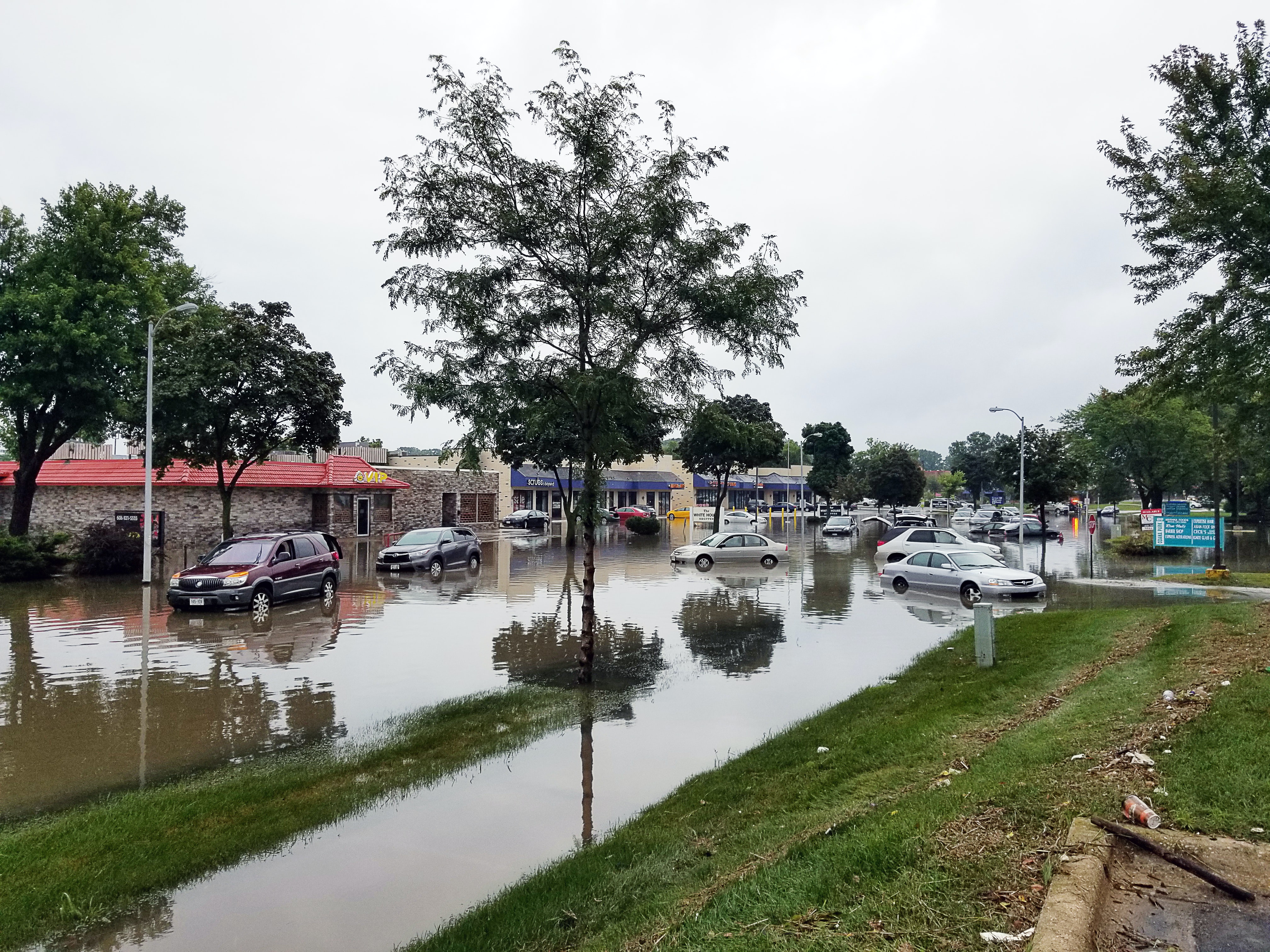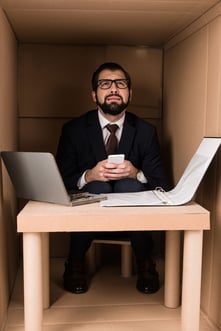Flooding can occur at any time of the year and is usually caused by heavy rainfall, rapid melting of snow packs, ice jams or more rarely the failure of natural or manmade dams. The majority of floods are predictable and inevitable, but can also be preventable. Being proactive can make a significant difference on how your property is affected by a flood.
Understanding the potential for flooding, possible sources and the potential impact on your operations; i.e. river flooding, coastal flooding or surface water/sewer flooding, is the starting point to developing your plan. Are you in a high risk area? Do you know the history of the area? City planning departments are always a good starting point for basic information.
Flood warnings can come from various sources; your disaster planning response team should be familiar with those sources. It’s helpful to designate a person in your organization to be responsible for monitoring reports from reliable sources and providing updates to the senior management or disaster planning team.
Warning notices can vary in how early they are posted; from weeks in advance for large rivers, days for hurricanes and storms, and mere hours from smaller rivers. The key to planning and mitigating is to understand the immediate environment surrounding your premises.
This does not cover every possible solution, but does at least offer thoughts and direction to developing a plan that will work for your operation.
WHAT TO DO BEFORE A FLOOD
Preparation is key. The effects of flooding can be greatly reduced by taking preventative and precautionary measures.
Permanent, Contingent and Emergency flood-proofing
- Install backflow prevention check valves to stop floodwater from entering at vulnerable points where utility and sewer lines enter the facility.
- Reinforce walls to resist water pressure and adequately seal walls to prevent or reduce seepage.
- Build watertight walls around equipment or work areas within the facility that are particularly susceptible to damage should floodwater enter the building.
- Construct floodwalls or levees outside the facility to keep flood waters away.
- Install permanent sump pumps with solar and backup power solutions. Backup power generators or battery supplies should be located well above the high-water mark.
- Install watertight barriers called flood shields to prevent the passage of water through doors, windows, ventilation shafts, or other openings.
- Install permanent watertight doors and pumps to remove flood waters and construct movable floodwalls.
- Have backup systems available for use during emergencies, such as portable pumps to remove flood water, alternate power sources, such as generators or gasoline-powered pumps, and battery powered emergency lighting, located well above the high water mark.
Flood Emergency Kit
- Flash light
- Radio
- Copies of insurance documents, important phone numbers
- Spare batteries
- Medicines/blankets/food (ensure everything with a “best before” date is safe to use!)
- Dry clothes
- First aid kit
- Mobile phone
- Cash
Preparation
- Check insurance policies – are you insured for flood damage, business interruption and lost revenue?
- Do you have copies of important documentation easily accessible offsite?
- Make a list of important telephone numbers, including contacts for gas, electricity, water and telephone providers.
- Make a list of employees’ contact details in the event of an evacuation. This might include their mobile and home telephone numbers, or the number of a friend or relative.
- Think about staff that may need special assistance in the event of a flood (e.g. elderly, deaf, blind, etc.).
- Include a flood plan in your health and safety plan. Identify evacuation routes, and organize emergency drills for staff.
- Know the location of cut-off points for gas, electricity and water. Ideally, these should be marked on a map that is stored with your flood plan. Equally important is to ensure they are easily accessible in an emergency situation and not blocked by equipment of merchandise.
- Be aware of the location of chemicals, oils or other materials that could be dangerous or contaminate flood water. These should be stored safely from floods and other hazards as a matter of course.
- Note key stock, equipment and possessions that may need special protection from flood waters.
- Consider things you may need during or after a flood (e.g. sandbags, plastic sheeting, loudspeaker, etc.).
- See if it’s possible to move key operations, such as shipping and receiving or customer services, to another location.
Suppliers and external links
- Identify products and services you will need in the event of a flood. Make back-up plans or arrangements for short notice cancellation of deliveries.
- Consider contracting in advance with companies whose help you may need after a flood. This avoids the frustration of finding assistance in an emergency, and puts you in a better position to negotiate costs.
- Identify people who can help you before, during and after a flood. If your business is in a flood risk area you should have a flood plan in place. Make sure that all staff know what to do in case of a flood.
WHAT TO DO DURING A FLOOD
During a flood it is very important to stay informed and follow evacuation procedures. Below are some key points that should be followed and communicated to all staff in your operation.
- Keep in contact with neighbouring business premises.
- Be prepared to evacuate when advised.
- Turn off the electricity, gas and water as you leave.
- Keep your radio on to find out what areas are affected, what roads are safe, where to go and what to do.
- Avoid driving or walking through flood waters and crossing flooded bridges Keep your emergency kit close at hand, in a portable waterproof container.
- Avoid walking through rushing or slow moving flood waters, as floating or underwater debris may cause injury.
- Vacate your premises when you are advised to do so by local emergency authorities. Ignoring such a warning could jeopardize the safety of your staff or those who might eventually have to come to your rescue.
- Take your emergency kit with you.
WHAT TO DO AFTER A FLOOD
Floods events can shift, damage or move parts of structures, which can make entering the premises dangerous. Ensure that a complete examination of the premises is under taken prior to
re-entering the building. Below are some points to consider.
Entering a flood-damaged building
- Check for structural damage before entering a building. Don’t go in if there is any chance that the building, or parts of it, may collapse. If you see damage, have a qualified person check the building before you enter.
- Never assume that water-damaged structures or ground are stable. Assume that all stairs, floors, roofs, and overhangs are unsafe until inspected.
- Once you are certain that the building is safe to enter, confirm that the electricity is turned off at the meter or at the street before you enter. Determine that all electrical hazards are controlled.
- Enter the building carefully. Leave immediately if shifting or unusual noises signal a possible collapse.
- If a door sticks at the top, it could mean your ceiling is ready to fall. If you force the door open, wait outside the doorway in case debris falls.
- Check the ceiling for signs of sagging. Wind, rain, or deep flooding may saturate plaster or wallboard causing it to become very heavy, and will be dangerous if it falls.
- If you suspect a gas leak or smell gas, of if you hear blowing or hissing, open a window and leave the building and premises immediately. Call the gas company from a different location. Do not re-enter the building. Do not operate any electrical devices or switches.
- Be aware of the possibility of electrical shock and the possibility of injuries caused by hidden sharp objects.
- If you didn’t do so when existing the premises, turn off the power at the main breaker or fuse on the service panel (if you can reach these without stepping in water); otherwise, have your utility company disconnect the power at the meter. Take this important step even if the
power is off in your community. - Do not turn the power back on until electrical equipment has been inspected by a qualified electrician.
- Shut off the water if you haven’t already done so.
- Never touch electrical equipment if the ground is wet, unless you are absolutely certain that the power is off.
Be cautious about hazardous materials
- Flood waters can dislodge tanks, drums, pipes, and equipment, which may contain hazardous materials such as pesticides, chemicals, or fuels. Do not attempt to move unidentified dislodged containers without first contacting the local fire department or hazardous materials team.
- If you are working in potentially contaminated areas, wear appropriate protective clothing and respirators.
- Thoroughly wash all clothing and parts of your body that may have come in contact with sewage or other contaminants or with hazardous substances or chemicals. Use soap and clean water, or waterless sanitizers if uncontaminated water is not available.
Be cautious about contaminated floodwaters
- Floodwaters are often contaminated with biohazards (sewage, medical waste, animal waste and carcasses) or other hazardous materials (fuels, asbestos, farm chemicals, etc.). Flood-damaged buildings may also have damp areas where molds, mildews, and other organisms
thrive. - Assume anything touched by floodwater is contaminated. Use appropriate personal protective equipment, including goggles, respirators, gloves, etc., if you must come in contact with flood waters.
- Make sure that all employees have up-to-date tetanus shots.
Secure the property
- Post security guards to monitor your property and facilities, since alarm systems may not be functioning, and buildings may have to remain open during salvage and restoration.
- Provide guards with names of staff or contractors who have permission to be at the site.
Document the damage
- Once it is safe to enter the building, conduct a preliminary tour of all affected areas. Wear protective clothing.
- Do not move equipment or other objects without documenting their location and condition.
- Use a camera or video camera to record conditions of structure, equipment, and furnishings. Make sure images clearly record the damage. Supplement these with better quality photos when necessary. Make notes and voice recordings to accompany the photographs.
- Assign staff to keep written records of contacts with insurance agents and other investigators, decisions on retrieval and salvage, and clean-up/salvage related costs.
- Make visual, written, and voice records for each step of salvage procedures.
For more information on making your business safer,


 ;
;
 ;
;
 ;
;
 ;
;
 ;
;
 ;
;
 ;
;



